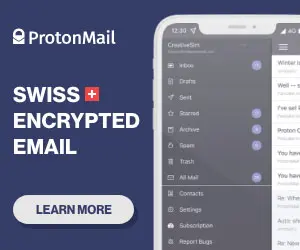Google is likely powering your email, browser, maps, calendar, and your passwords. That also means they’re collecting a lot of your data. In this guide, I’m going to show you how to take back control of at least some of your data by migrating your passwords from Chrome to Proton Pass without losing your login history.
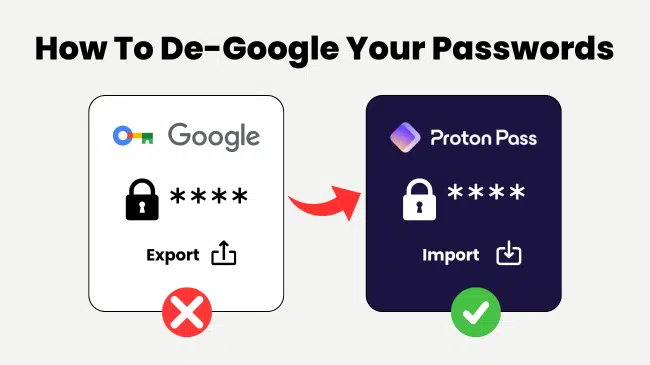
In a previous guide, we showed you how to migrate from Gmail to Proton Mail. In this guide, we’re going to export existing passwords from your Google account, import them into a new Proton Pass account, and then make sure we delete everything else from Chrome and your downloads folder.
Let’s get started!
- Why You Should Move Away from Google Password Manager
- What is Proton Pass?
- Step 1: Export Your Google Passwords
- Step 2: Understand Export Limitations
- Step 3: Set Up a Free Proton Account
- Step 4: Import Passwords into Proton Pass
- Step 5: Install the Proton Pass Browser Extension
- Step 6: Delete Google’s Password Vault
- Final Thoughts: Start Using Your Secure Password Manager
Note: Some of the links in this article may be affiliate links, which means that at no extra cost to you, I may be compensated if you choose to use one of the services listed. I only recommend what I personally have used, and I appreciate your support!
Why Move Away from Google Password Manager?
Google makes it easy to save and sync your passwords across devices using Chrome, but that convenience comes with a cost. Every password you store in Google’s ecosystem is tied to your account and your data. That means Google has access to sensitive login credentials and can use your online behavior to build a detailed profile about you.
For those who are concerned about privacy and security, it’s important to realize that continuing to store passwords with Google means sharing some of your most private access points with a company that profits off data.
Thankfully, there’s a better, more private alternative, and you can make the switch in just a few minutes.
What is Proton Pass?

Proton Pass is a secure password management tool designed with privacy-focused users in mind. Developed by Proton AG, the same company that developed Proton Mail, Proton VPN and Proton Drive, Proton Pass is built on a foundation of privacy and security.
Headquartered in Switzerland, Proton benefits from some of the world’s strictest privacy laws, meaning your data isn’t just encrypted, it’s also legally protected.
Proton’s standout features include:
- End-to-end encryption (even Proton can’t read your data)
- Email aliasing for extra inbox privacy
- Cross-device sync without tracking
- A reliable free plan with no strings attached
I’ve trusted Proton with my data for over a decade, and once you see how easy it is to import your Chrome passwords into Proton Pass, you’ll understand why it’s my go-to recommendation.
Step 1: Export Your Google Passwords in Chrome
If you’ve been saving passwords in Chrome, follow these steps carefully to ensure all your saved passwords are exported:
- Open Chrome and click the three-dot menu in the top-right.
- Navigate to Password and Autofill and then Google Password Manager. Here, you can manage saved passwords in Chrome, including viewing, editing, adding, or removing them as needed.
- On the left side, locate and select Settings.
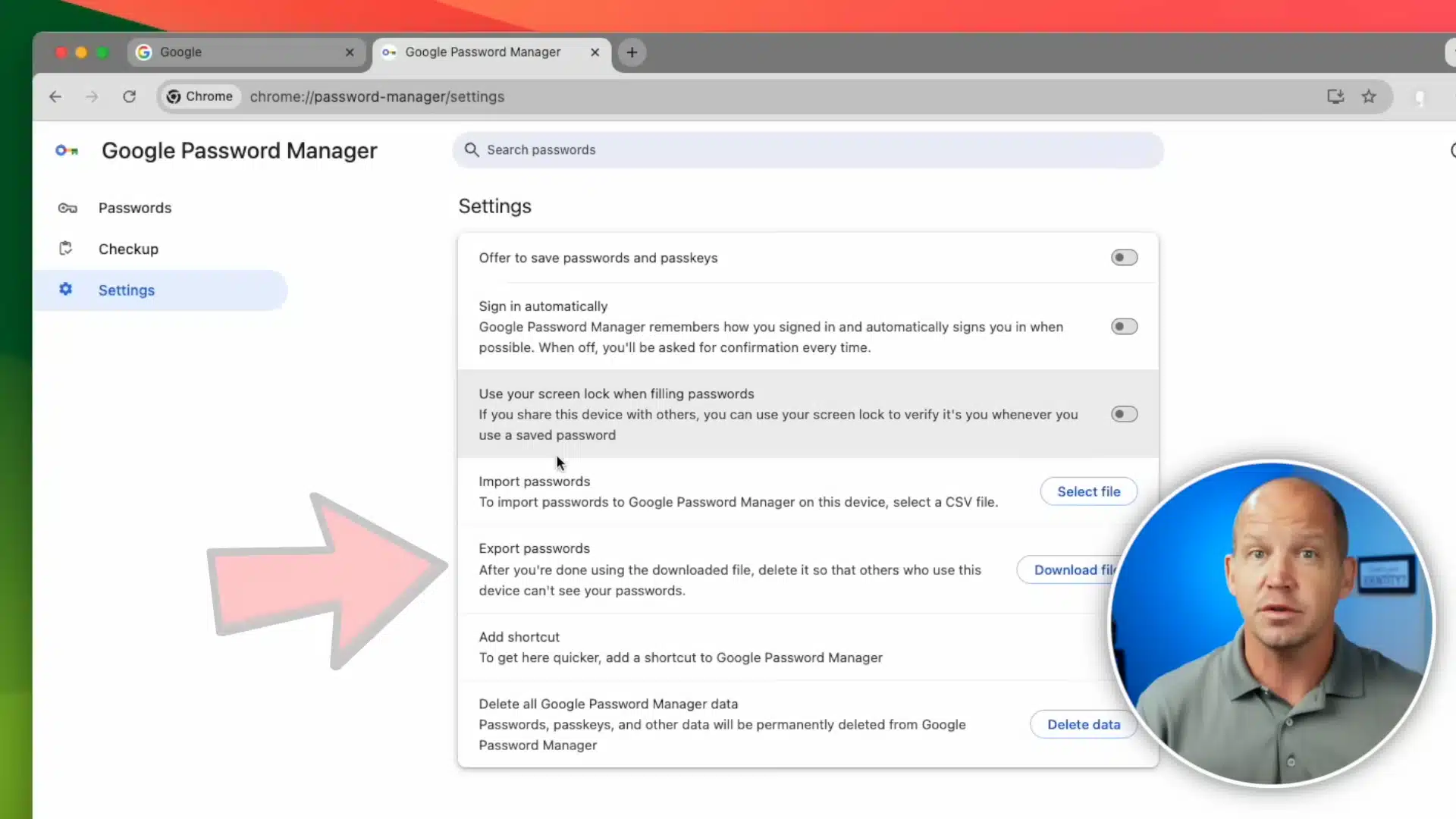
- Click Download file next to the “Export passwords” section. You may be prompted to verify your identity before exporting all your saved passwords.
This will export an unencrypted CSV file containing all your saved passwords.
Step 2: Understand Export Limitations
Before moving forward, keep these important things in mind:
- The file you export is an unencrypted CSV file. All your passwords are exposed, and if the file is exposed, your passwords could be compromised in a data leak.
- Delete it immediately after importing into your new manager to help protect your credentials from unauthorized access.
- Passkeys created with Chrome cannot be exported, you’ll need to recreate them later.
While Chrome’s password manager is convenient for quick access, it may not provide the same level of protection as dedicated password managers. Chrome was designed to be an internet browser, not a password manager!
Security Tip: Never store this file on a cloud service or shared folder. It’s visible plaintext. Deleting the file immediately helps protect your credentials from unauthorized access.
Step 3: Set Up a Free Proton Account
Now we’re switching from your Google account and the default services used by much of the world to a privacy-first alternative: Proton Privacy.
Visit the Proton website to:
- Create your free Proton account
- No credit card required
- This gives access to Proton Mail, Proton Pass, and more.
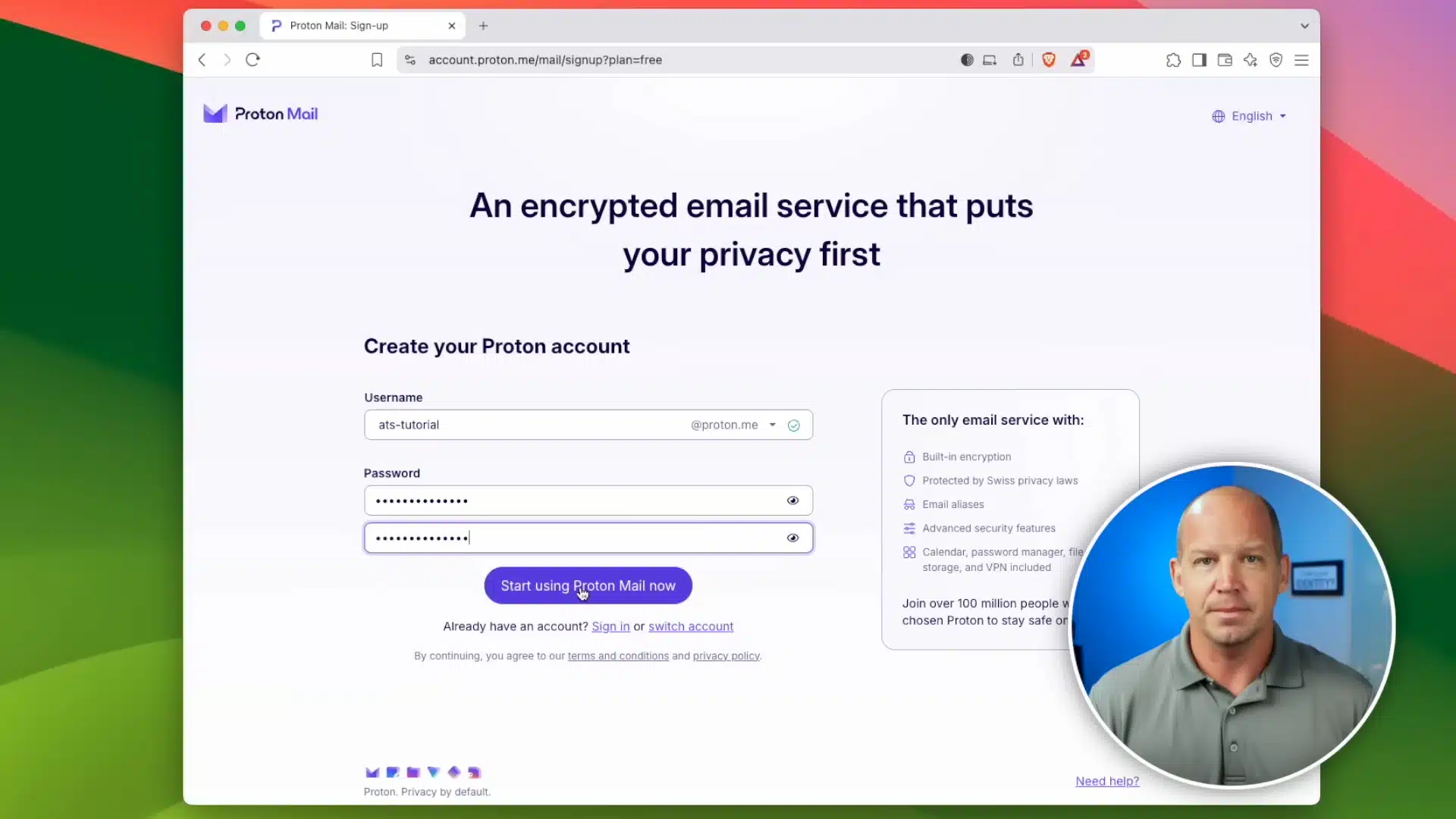
Unlike the default Google ecosystem, Proton offers various security and privacy services for managing multiple accounts securely, making it easy to switch and protect your data.
Step 4: Import Passwords into Proton Pass
Once your Proton account is active:
- Click the four-box icon and select Proton Pass.
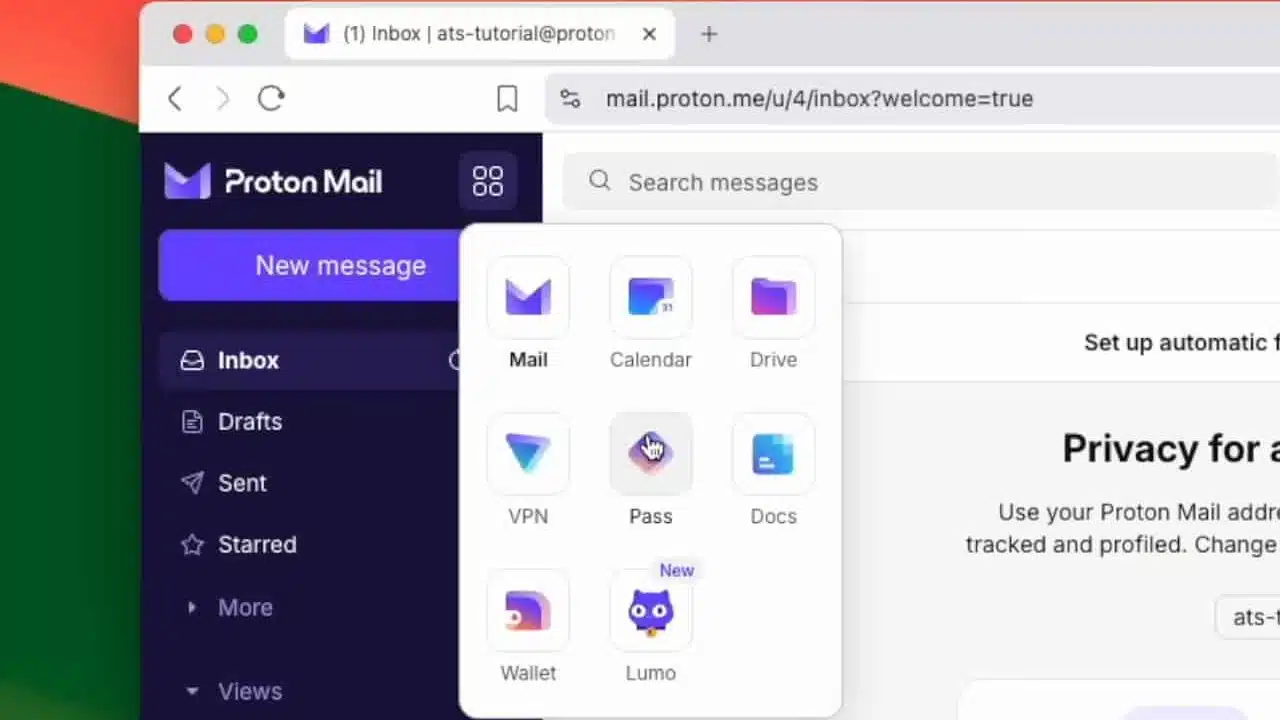
- Go to the gear icon (bottom-left).
- Select Import.
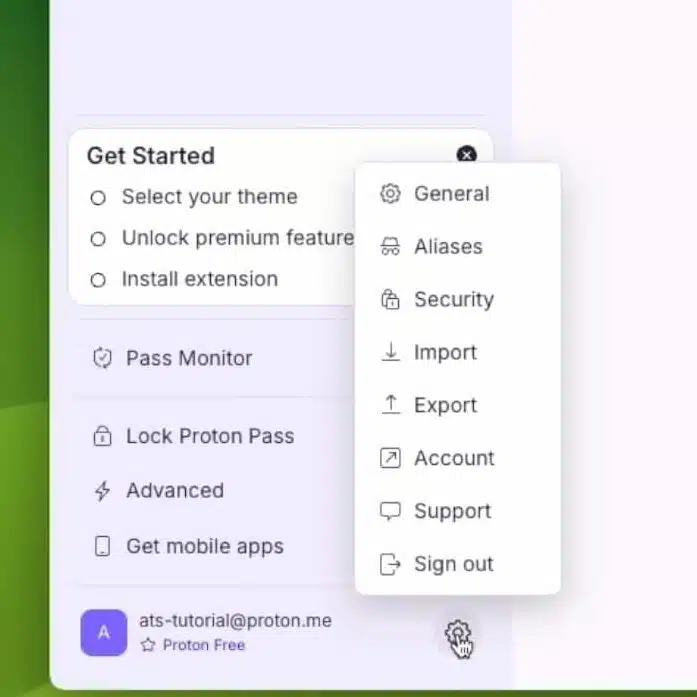
- Choose Chrome as your previous password manager.
- Drag your exported CSV file into the window.
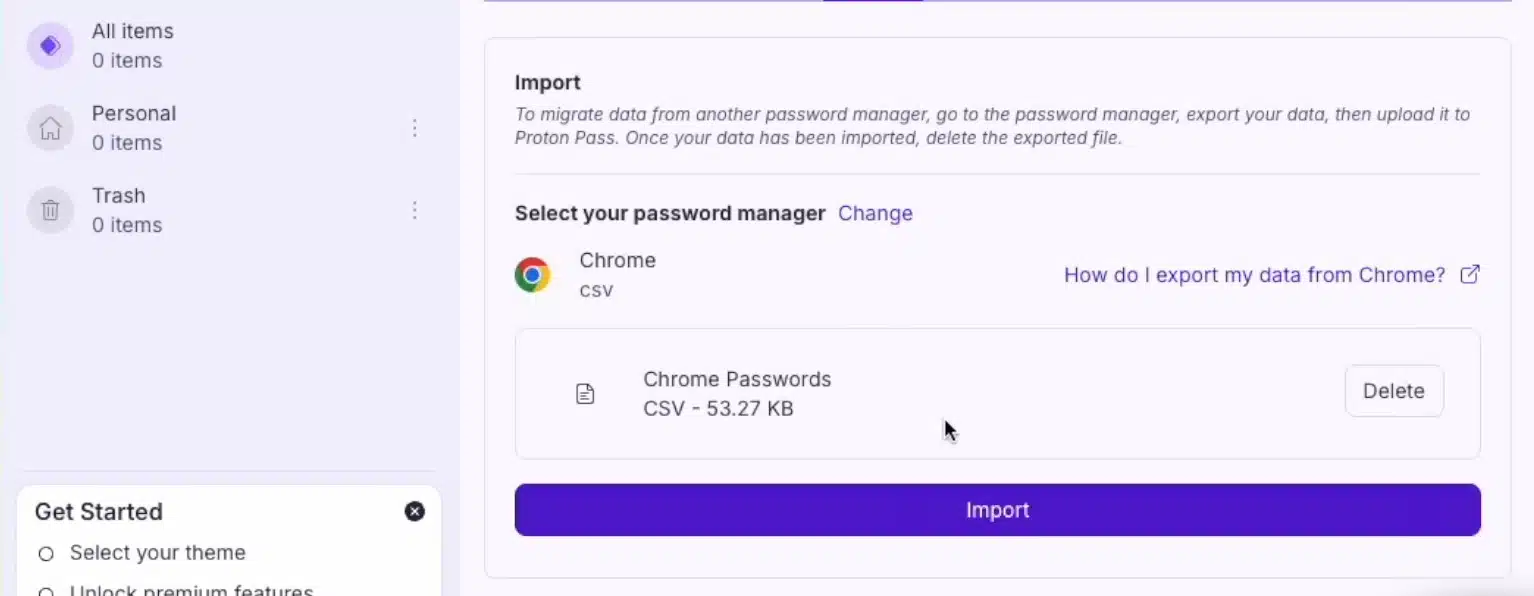
Once imported, your usernames and passwords are available for easy access and quick access on any device where you use Proton Pass. Proton Pass can automatically save and fill your username and password for future logins.
Done!
From this point forward, all your passwords are now secure inside Proton Pass.
Step 5: Install the Proton Pass Browser Extension
To keep using autofill and password creation:
- Install the Proton Pass browser extension (Chrome, Brave, Firefox) for a convenient way to manage your passwords.
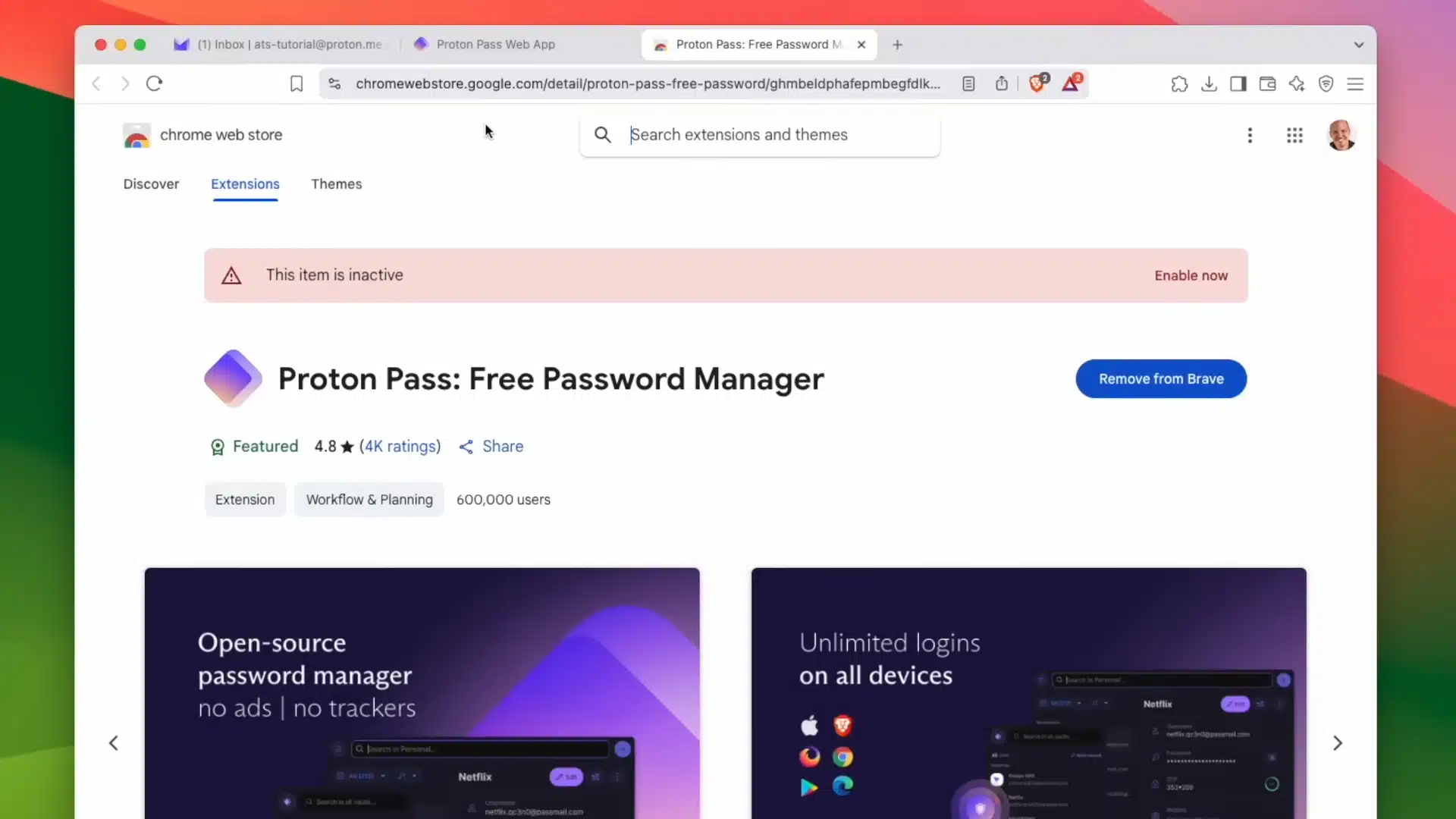
- Or use the Proton Pass mobile app (which is recommended for your mobile device).
Proton Pass ensures seamless login autofill and strong password generation going forward.
Step 6: Delete Google’s Password Vault
We recommend that you change or edit any outdated passwords before deleting them from Chrome to ensure your accounts remain secure and up to date.
Once you’re confident everything’s working, you can delete your stored passwords in Chrome.
- Return to Chrome Password Manager > Settings.
- Scroll to “Delete all saved passwords”.
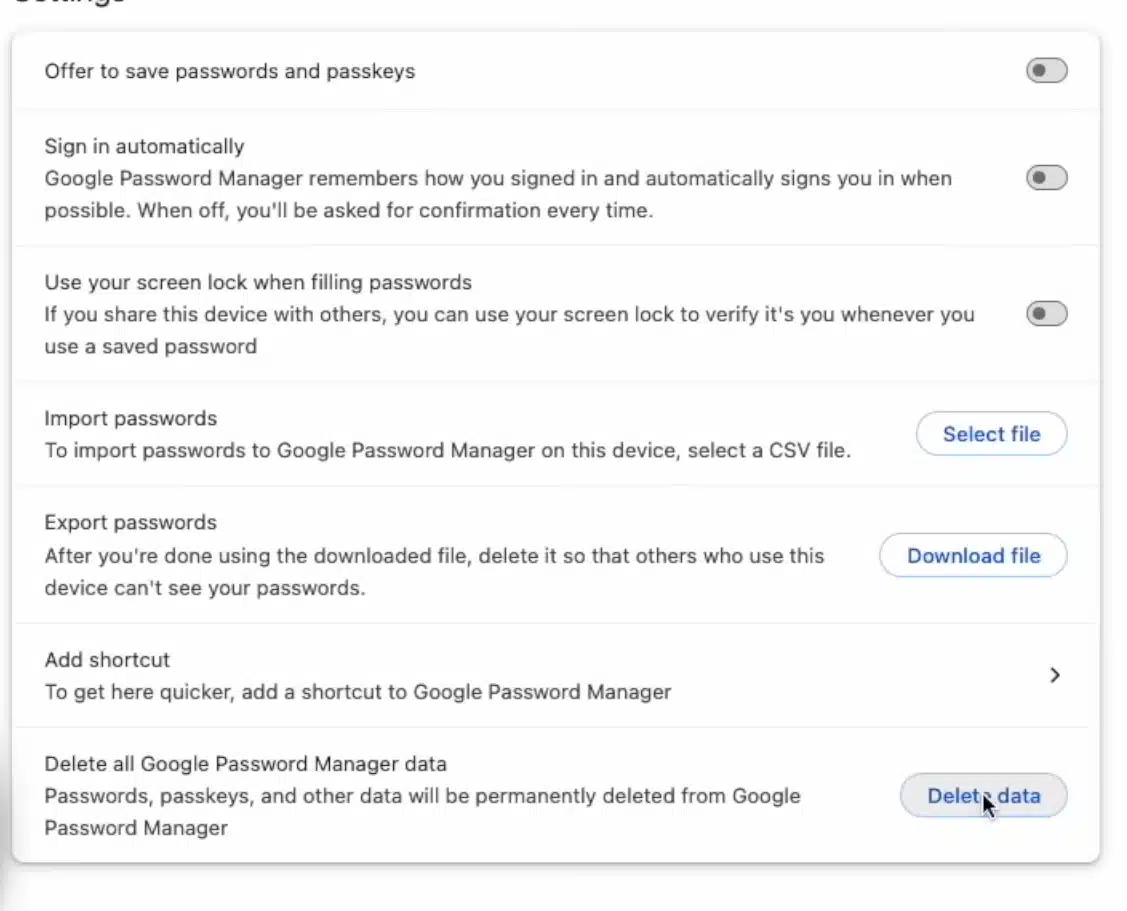
- Click Confirm.
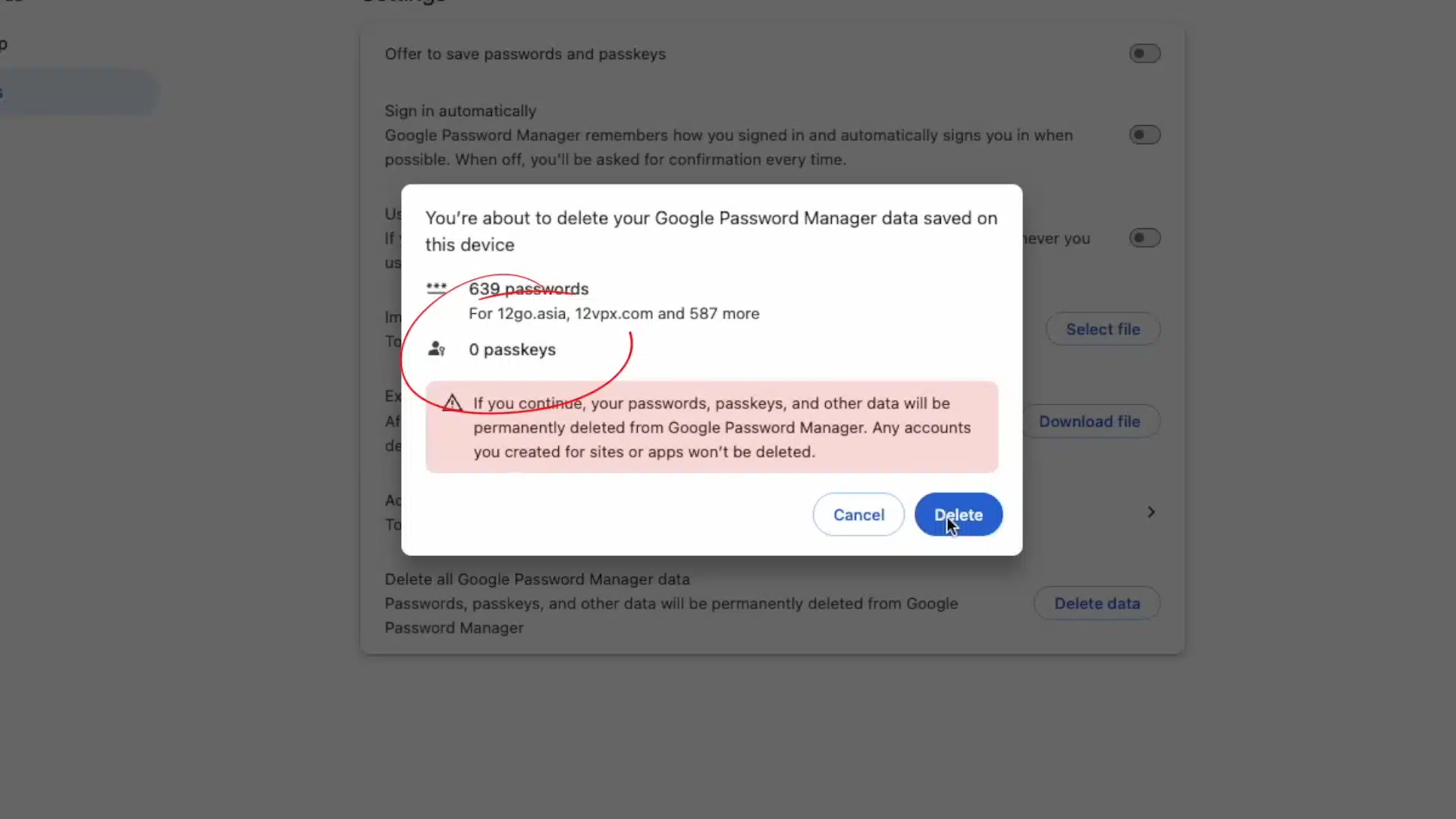
If you’ve created passkeys in Chrome, make sure you’ve recreated them in Proton before deleting.
Start Using Your Secure Password Manager
That’s it, you’ve officially migrated your passwords from Chrome to Proton Pass! It may seem like a small step, but moving your credentials away from Google gives you more control and privacy over your digital identity.
Proton Pass now becomes your central hub for:
- Generating strong passwords
- Managing credentials across devices
- Keeping your login data secure and private
In conclusion, Proton Pass is a robust and secure option for managing passwords. Its value for money, especially for those within the Proton ecosystem, makes it a worthwhile investment.

